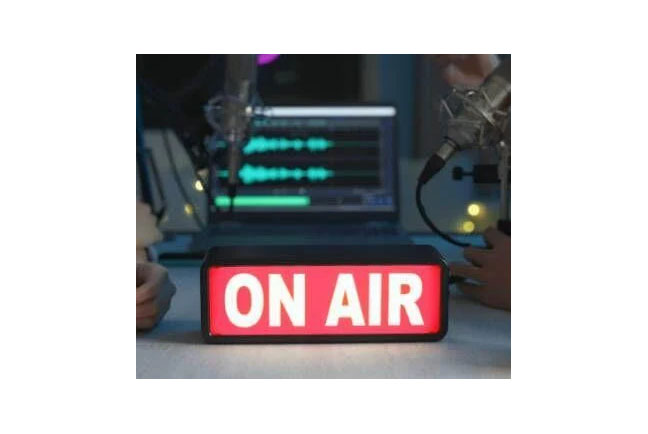PonyWang
Source: www.insideradio.com, July 2022
Despite a bumper crop of major news stories, engagement with news on cable news channels, online news websites and apps and via social media fell dramatically during the first half of this year. The culprit, according to news experts, is news fatigue from the aftermath of the Trump presidency, COVID-19, and a steady stream of bad economic news. But thanks to its focus on  local news that impacts people’s daily lives, local news radio is beating the odds.
local news that impacts people’s daily lives, local news radio is beating the odds.
“Local news is bucking the trend,” says Bill Smee, Audacy’s Washington, DC-based VP of News. “We are seeing, over the course of this year, some positive ratings trends across our all-news stations.”
Among the company’s eight all-news stations in such major markets as New York, Los Angeles, Chicago and Dallas, Average Quarter Hour Persons listening is up 13% year-over-year in Nielsen’s June survey among persons 25-54, according to the company. Listening is up 29% compared to the pandemic year of 2020.
That’s a much different trajectory than one recently reported by Axios, which says viewership on the three cable news networks fell by an average 19% in prime time for the first half of 2022 compared to the same period in 2021. The drop-off also occurred online with unique visits to the top five news websites tracked by Similarweb off 18% in the first half.
In addition, social media engagement with news stories was cut in half in the first six months of 2022, Axios says, citing data from Newswhip. In some cases, news engagement has fallen below pre-pandemic levels, Axios says, including the top 12 news apps and cable news consumption.
Coverage That’s Closer To Home
While local news radio by no means ignores what’s happening nationally, whether it’s the implications of the rollback of Roe v. Wade or what’s happening in Congress, the brunt of its coverage lies closer to home.
“Our focus is on that local coverage and news that impacts people’s lives, day in and day out, and people aren’t tuning that out,” Smee says. That includes traffic reports, which have increased in importance as more Americans are commuting to work again, and weather. Major weather events have long proven to be an audience magnet for news radio.
Of growing importance to local listeners are stories about public safety and crime, especially as the number of mass shootings continues to rise at an alarming rate.
“A variety of things are helped driving, engagement and tune in,” Smee says.
Those increases aren’t just taking place over the air. Citing internal data, Smee says monthly users for the online platforms of Audacy’s eight all-news brands and 14 news/talkers were up 34% year-over-year in June, while year-to-date jumped 50% over the same period in 2021.
Building a reputation as the go-to source when a major local news story breaks has paid off. Smee points to WBEN Buffalo’s coverage of May’s mass shooting at a Tops supermarket and WBBM Chicago’s reporting on the Independence Day shooting in a Chicago suburb as examples. “In general, you see listeners turn to our brands in a crisis, whether it’s a severe weather event or natural disaster, or, tragically, things like shootings at a school or a store,” he says. “I do think we benefit from that sort of affinity that listeners have. We feel our brands are well positioned and have a great connection to communities to deliver in those situations.”
‘All That Matters To You’
While Americans may have grown tired of a steady stream of bad headlines, local news radio stations have evolved to keep their audiences apprised of what’s important to them, or as KYW Philadelphia says in a positioning slogan, “All that matters to you.” That comes down to building a reputation as a source for practical information that affects listeners’ day-to-day lives. While traffic and weather are the best examples, Smee says the strategy also encompasses stories about health and business that directly impact people’s daily lives. “We work closely with our partner Bloomberg to make those twice-an-hour business reports about more than just what the Dow is doing. That’s the expectation that our listeners have. We want to connect with people in the intersection of their daily lives.”

